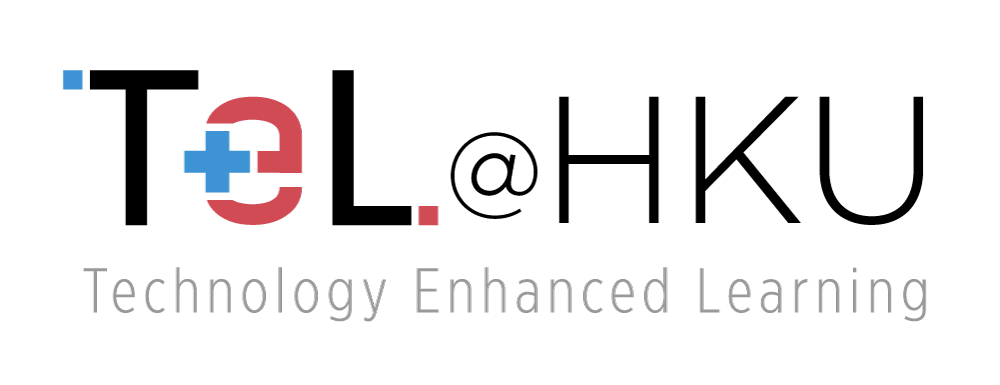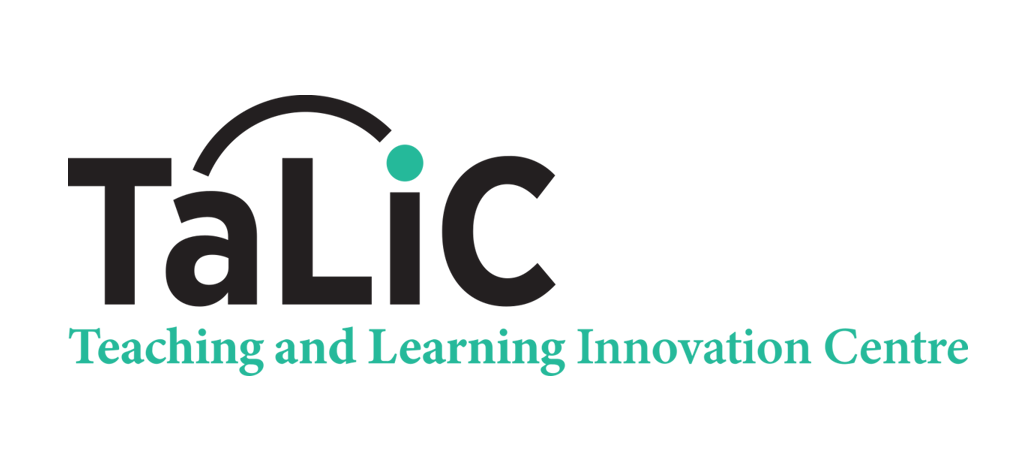Assistive technologies for removing learning barriers
Assistive learning technologies are crucial in supporting and enabling students with SENs to overcome barriers, fully participate in the learning process, and reach their full potential.
One common type of assistive technology is screen reading software (e.g., JAWS and NVDA), which converts text into speech or braille, allowing visually impaired students to access written materials. Similarly, optical character recognition (OCR) software is often used to convert printed materials into digital formats, making them accessible to visually impaired students. Wearable technologies, such as OrCam MyEye, can also enable students to comprehend printed course materials by converting text to speech.
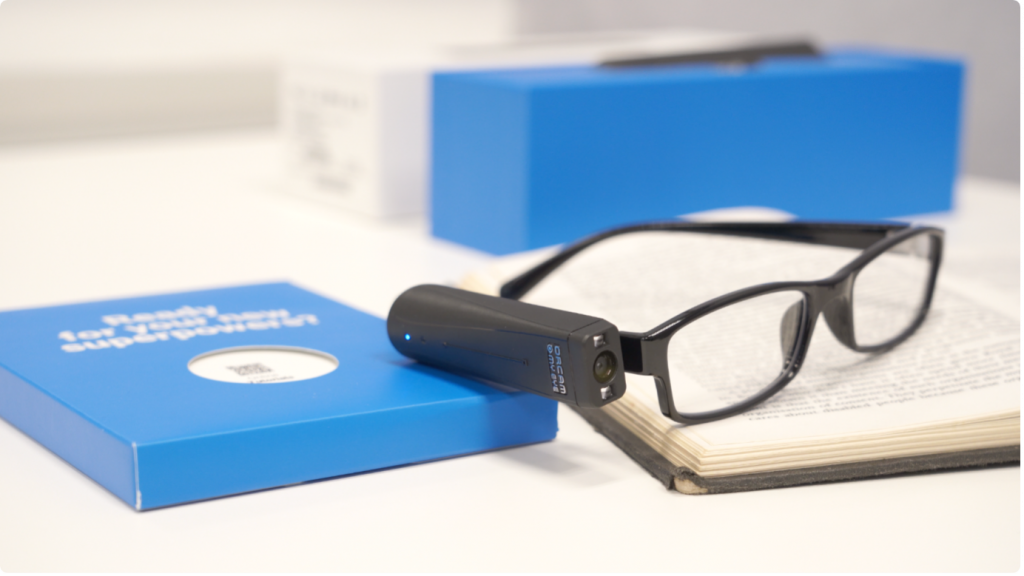
Similarly, speech recognition software allows students with motor disabilities to input text using their voice instead of typing. For students with cognitive disabilities, assistive technologies such as mind mapping software can aid in organizing thoughts and ideas visually, helping them to better understand and retain information.
Improving learning content accessibility
Designing accessible learning content involves technical considerations. The World Wide Web Consortium has published a set of guidelines called Web Content Accessibility Guidelines (WCAG). In 2018, WCAG 2.1 was released, which focuses on four core values: perceivability, operability, understandability, and robustness. Content should be designed in ways that ensure users can
- perceive the information being presented,
- operate the interface,
- understand the information,
- operate the user interface, and
- access the content as technologies advance.
For example, in WCAG, contrast measures the difference in perceived “luminance” or brightness between two colours. To support learners in perceiving and understanding all content, we should ensure content has high contrast.
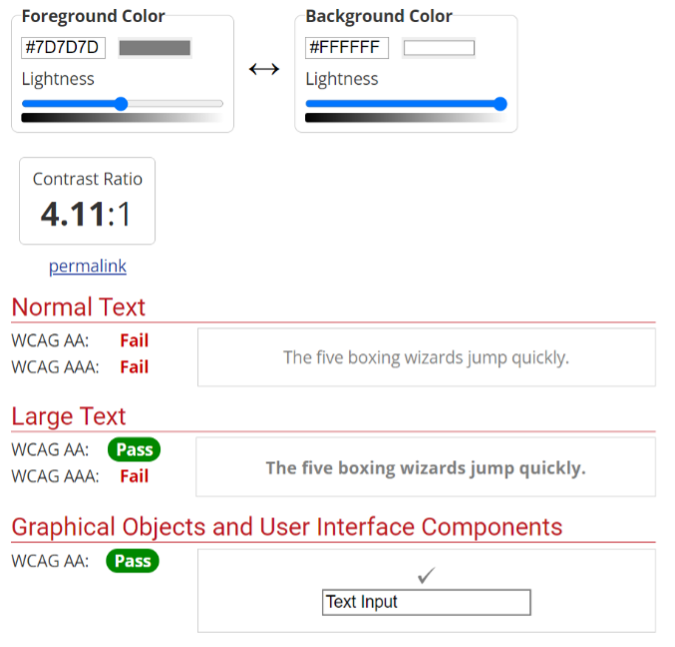
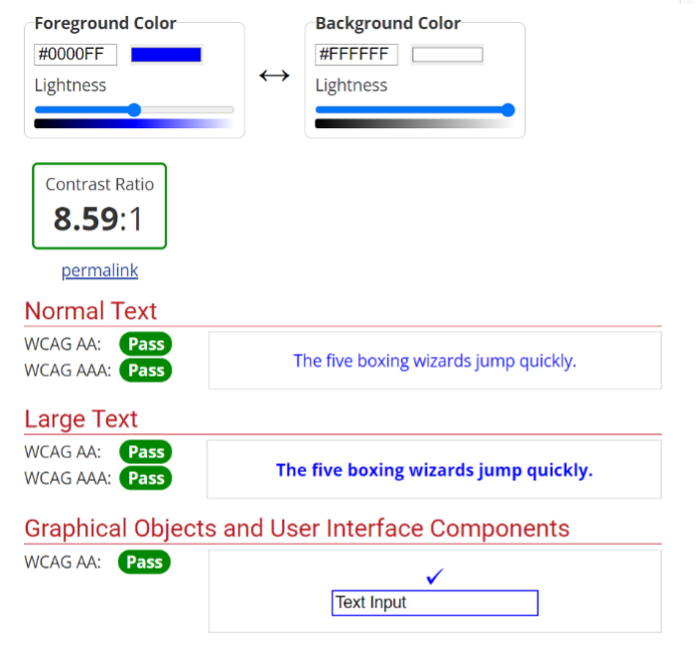
LMS also plays a central role in student learning. Many learning management systems (LMSs) like Moodleand Canvas allow learners to adjust the size and color of text, images, and graphs. Some LMSs, such as Clusive, even have built-in text-to-speech tools and options for students to customize materials and assessments.
At the course level, tools provided by Google Suites and Microsoft Office can help make deliverables accessible to more people. For example, with alternative text for images, screen readers can describe images to visually impaired learners.
Further Readings
- McNicholl, A., Casey, H., Desmond, D., & Gallagher, P. (2021). The impact of assistive technology use for students with disabilities in higher education: a systematic review. Disability and Rehabilitation: Assistive Technology, 16(2), 130-143.
- Novak, K., & Couros, G. (2022). UDL Now!: A Teacher’s Guide to Applying Universal Design for Learning. CAST, Incorporated.
- Perelmutter, B., McGregor, K. K., & Gordon, K. R. (2017). Assistive technology interventions for adolescents and adults with learning disabilities: An evidence-based systematic review and meta-analysis. Computers & education, 114, 139-163.
